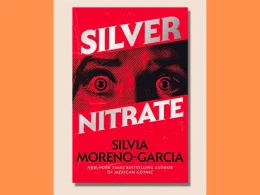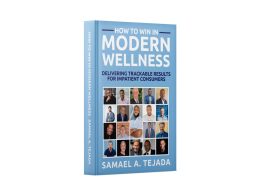Introduction:
Novel-to-movie adaptations have been a popular trend in the entertainment industry for decades. From classics like “Gone with the Wind” to contemporary hits like “Harry Potter,” filmmakers have taken inspiration from beloved books to bring stories to life on the big screen. However, the transition from page to screen is not always seamless, and fans often debate the merits of these adaptations. In this article, we will explore the key differences between novels and their movie counterparts, and analyze the impact these differences have on the storytelling experience.
1. Visual Interpretation:
One of the most obvious differences between novels and movies is the visual aspect. Novels rely on descriptive language to paint a picture in the reader’s mind, while movies use visuals, cinematography, and special effects to create a visual representation of the story. This visual interpretation can either enhance or detract from the original source material, depending on the director’s vision and the audience’s expectations.
2. Time Constraints:
Movies are typically limited by their runtime, which means that certain elements of the novel may be condensed or omitted altogether. Novels have the luxury of exploring subplots, delving into characters’ inner thoughts, and providing extensive background information. In contrast, movies often have to streamline the narrative to fit within a two-hour timeframe. This compression can result in the loss of important details or character development, leaving fans of the book feeling unsatisfied.
3. Adaptation Choices:
When adapting a novel into a movie, filmmakers often make creative choices to condense or modify the story. These choices can range from minor alterations to major plot changes. While some changes are necessary to make the story work in a different medium, they can also be controversial among fans. Filmmakers must strike a balance between staying true to the source material and making the story accessible to a wider audience.
4. Character Portrayal:
In novels, readers have the freedom to imagine characters in their own unique way. When these characters are brought to life on screen, they are often portrayed by actors who may not match the reader’s mental image. This can be jarring for fans who have a strong attachment to the characters. However, a skilled actor can also bring new dimensions to a character, adding depth and complexity that may not have been apparent in the book.
5. Emotional Impact:
Novels have the advantage of being able to delve deep into a character’s thoughts and emotions, allowing readers to form a strong emotional connection with the story. Movies, on the other hand, rely on visual and auditory cues to evoke emotions. While a well-executed movie adaptation can still elicit a powerful emotional response, it may not capture the same level of intimacy and introspection as the written word.
Conclusion:
Comparing novel-to-movie adaptations reveals the inherent challenges in translating a story from one medium to another. While movies can bring stories to life in visually stunning ways, they often sacrifice the depth and nuance found in novels. Ultimately, the success of an adaptation depends on the filmmaker’s ability to capture the essence of the source material while making necessary adjustments for the screen. Whether one prefers the page or the screen, both mediums offer unique storytelling experiences that can be enjoyed in their own right.











